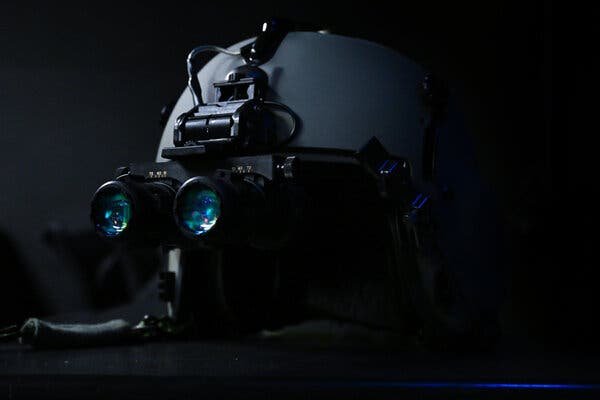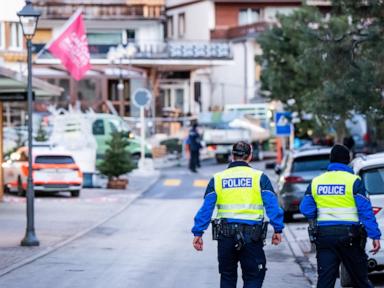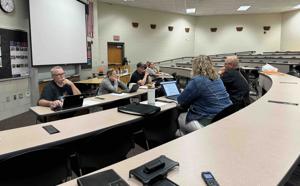Army Pilots Struggled to See Jet Before Fatal D.C. Crash

URGENT UPDATE: New reports confirm that Army Black Hawk pilots may have struggled to see American Airlines Flight 5342 prior to a tragic crash near Ronald Reagan National Airport on January 29, 2023. The incident resulted in 67 fatalities, marking it as the deadliest aviation disaster in the United States in nearly a quarter-century.
During a National Transportation Safety Board (NTSB) hearing on Friday, experienced Army aviators revealed that visibility issues could have hindered the pilots’ ability to track the passenger jet. Although the helicopter crew communicated with air traffic control, stating they could see the aircraft, the reality may have been different due to several complicating factors.
According to testimony from Captain Rebecca M. Lobach and her instructor, Chief Warrant Officer 2 Andrew Loyd Eaves, the heavy light pollution from the surrounding D.C. area, including the Pentagon and the airport, poses significant challenges for pilots flying at night. This issue is exacerbated when using night-vision goggles, which the Black Hawk pilots were employing during the flight.
Additional complications arose from the dimmer exterior lights on the American Airlines jet compared to more modern aircraft. The specific design of the Black Hawk helicopters can also create sightline obstructions, further complicating the pilots’ ability to maintain visual contact with the jet.
As federal investigators prepare to release their findings early next year, critical questions remain. Did the Army pilots ever truly see the aircraft indicated by air traffic control? The NTSB’s upcoming report will aim to clarify these uncertainties and provide insights into the tragic circumstances surrounding this devastating collision.
The implications of this incident extend beyond the immediate loss of life; it raises significant concerns about aviation safety protocols and the effectiveness of communication between military and civilian aircraft. As the investigation continues, aviation experts and families of the victims await answers that could lead to crucial changes in air traffic regulations.
Stay tuned for the latest updates on this developing story as more details emerge from the NTSB. The urgency of understanding how such a catastrophic event occurred cannot be overstated, and it highlights the need for comprehensive safety improvements in aviation.






